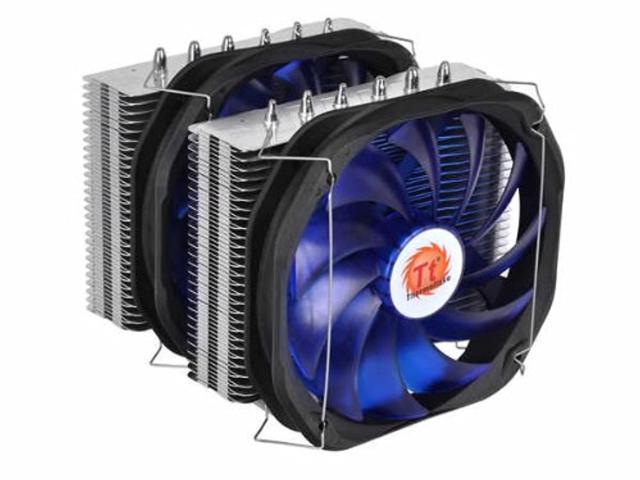A system capable of monitoring mine electrical power systems and detecting impending component failure could significantly improve power system safety and reduce unscheduled equipment downtime. Such monitoring would require a method of evaluating electrical parameters, calculated from terminal values, for indications of component deterioration. The U.S. Bureau of Mines has targeted electrical failure of squirrel cage induction motors and examined the use of mathematical models to aid in this evaluation. The initial stage of this work is complete, and has produced polynomial networks called adaptive learning networks (ALN’s) that can detect and quantify winding insulation leakage simulated on laboratory motors. In this modeling process, empirical data from laboratory motors were used to select the electrical parameters most significant for assessing motor conditions, and mathematical expressions relating these parameters to simulate deterioration were formed. ALN’s developed thus far can process readily measured motor terminal information and quantify power and current levels of laboratory-simulated leakage to within 1% and 3% of full load values, respectively, for motors in the 10- to 150-hp size range. The next stage of this research is validation of these ALN’s for actual motor failures; this stage is currently underway, using accelerated life testing of laboratory motors.















